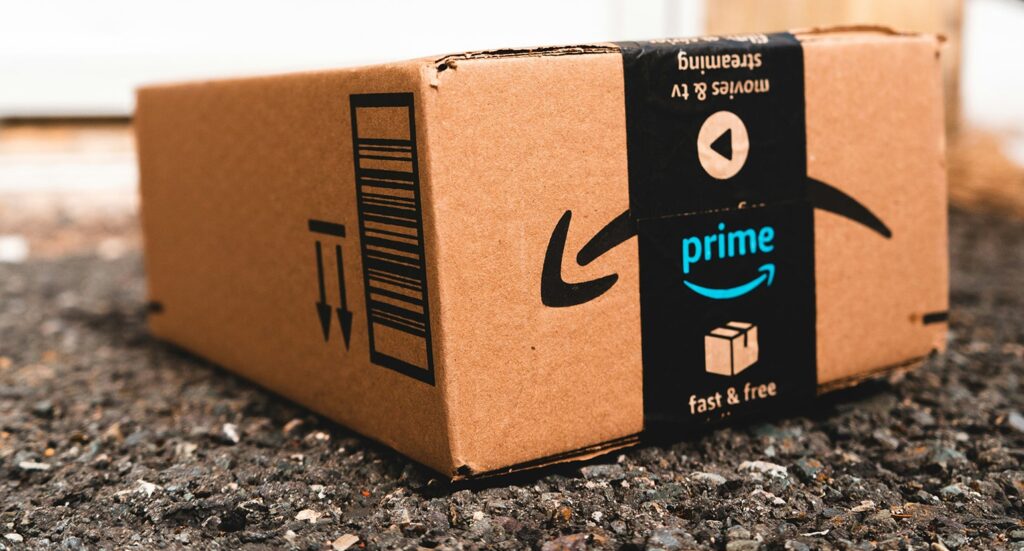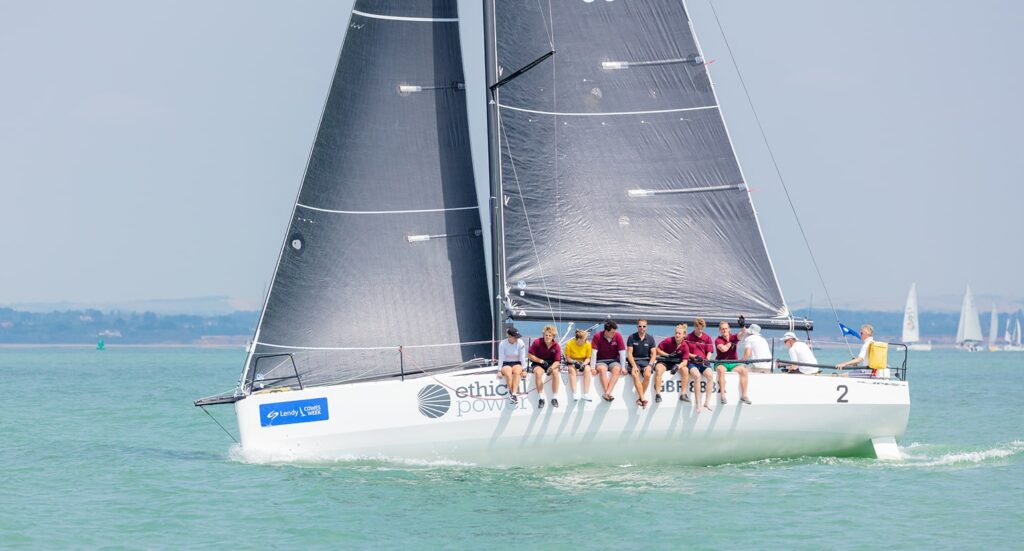As consumers, we’ve been conditioned to value ‘the quicker the better’. Driven by the need for instant gratification, we’ve developed an artificial urgency and a love for ultra-fast delivery offerings.
In the US, Walmart and Amazon are slogging it out in the ‘who can deliver quicker’ race, with Walmart stating it has delivered 4.4 billion items on the same or next day last year, while Amazon hit 4 billion same-day items to US shoppers (plus an additional 2 billion in Europe) in the same period.
In Australia, Amazon now provides same-day delivery in Sydney and Perth, while Costco has partnered with Doordash to get its products into the homes of customers quickly. Likewise, many other brands have forged relationships with Uber to offer lightning-fast delivery, with the likes of Petbarn, Bunnings and Woolworths tapping the rideshare company’s network of drivers.
From a consumer point of view, the convenience is undeniable. But the quest for the fastest delivery comes with some downsides. Inefficient delivery routes and services drive up the environmental impact and undermine any efforts the retailer may be making at sustainability. For larger orders, there’s also the issue of fragmented shipments, which create unnecessary and excessive packing.
Ultra-fast delivery is also expensive in the long term. Costs are passed on through higher prices, membership fees and/or reduced product quality. Poor customer service experiences and return flexibility backlash are playing out on social media, often having more of an impact on customer reviews than the actual product quality or experience itself.
So while some continually try to tap the need for speed, how can you pivot and differentiate your business on the insight that quicker is not always smarter?
Give customers the choice to tap into other ‘values’
If you gave customers more choices based on other values they hold, would they prefer to wait an extra day for lower emissions impact, fewer shipments or potentially lower pricing?
Global e-commerce fulfilment platform Bezos.ai plays this game by offering eco-friendly fulfilment and delivery services in the UK, including same-day and next-day delivery options, priced accordingly. The services are carbon-neutral and use electric vehicles, providing customers with eco-friendly delivery choices. Laylo, a wine brand that prioritises sustainability, uses the Bezos.ai GoGreen delivery service with same-day green delivery and up to 80 per cent of all deliveries done by bike, cargo bike or electric moped.
Giving customers the option to choose not just how fast but how smart for their delivery shifts the focus from a race to the bottom on speed to a conversation about trade-offs – time versus impact, cost versus convenience. This smart play will allow you to demonstrate that you’re not just chasing metrics, but genuinely listening to what customers care about.
Smarten up your in-store experience
In the race to be fastest, it’s easy to lose focus on other things consumers value, such as the in-store experience. Which is a shame because many people still choose physical retail for the ultimate immediacy. Why wait for your purchase to be delivered when you can have that instant gratification?
But immediacy isn’t the only reason people turn to bricks-and-mortar retail. Increasingly, it’s about experience, assurance and interaction, which gives you several additional ways to get smarter.
In-store shopping will always deliver what online can’t – the ability to inspect and try products, to ensure it’s what you want and give you certainty in the product. Online shopping can’t match the assurance of the right fit or feel when you hand-select your purchase.
Blended behaviour means shoppers are often researching online and buying in-store, and vice versa. The brands that will be killing it well into the future are the ones smartly straddling the two opportunities. Mecca and Nike are two such examples delivering a unique and engaging in-store experience while offering fast and accurate ordering and online returns.
Australian homewares retailer Hommey smartly blends the real with the virtual through a unique, immersive environment featuring product interaction, personalised assistance and the option to browse the product catalogue on a tablet with one hand, while touching and feeling the fabrics with the other.
Brands that build loyalty through in-store and digital experiences, such as Target in the US, Apple, Sephora and Uniqlo – with its unique blend of tech, tailoring and thoughtful design – hit the sweet spot. Touch, trust and time to browse beat speed and convenience when making ‘higher involvement’ purchases.
It may not be worth it to invest in an impressive store experience for cost-conscious or low-margin items but there are plenty of categories where the opportunity to ‘try before you buy’ will win over customers, such as fashion, footwear or tactile and sensory products like beauty, skincare, fragrances or high-end gadgets. And, of course, large or high-investment purchases like furniture, appliances and luxury goods.
Winning in today’s retail landscape requires seamless, value-driven ecosystems that blend speed, service and sustainability based on what the customer values most so that consumers can shop how they want, when they want, without compromise. The key is to figure out what they value most in your case.
A pivot from fastest to smartest might be the way forward to bring that to life for your business.




